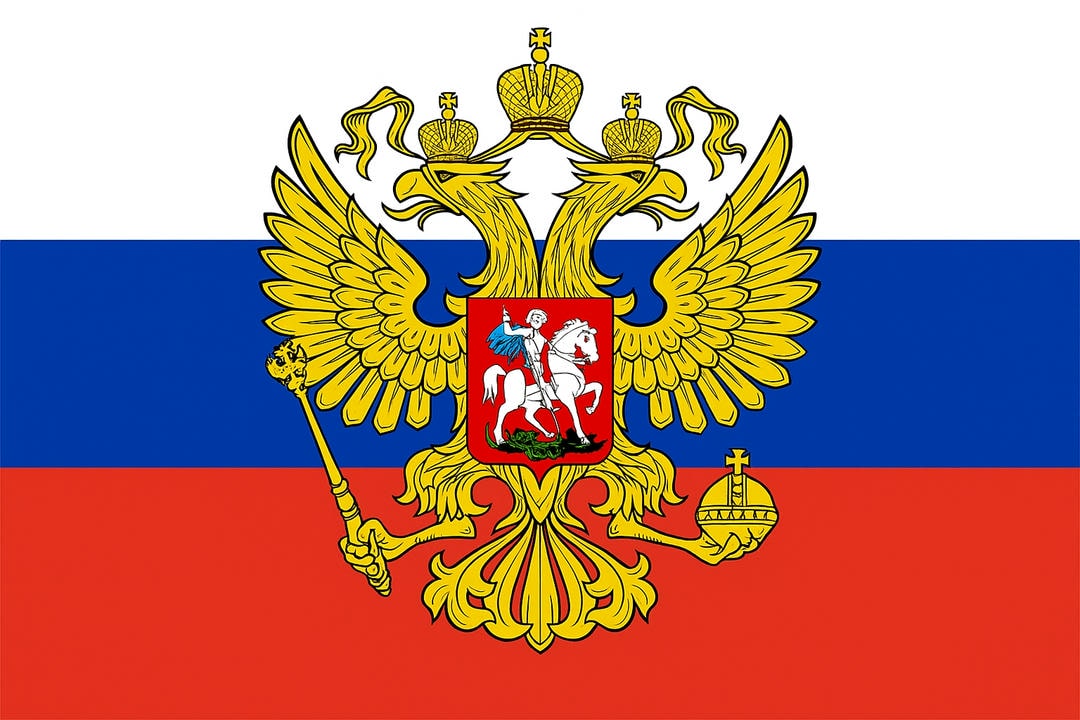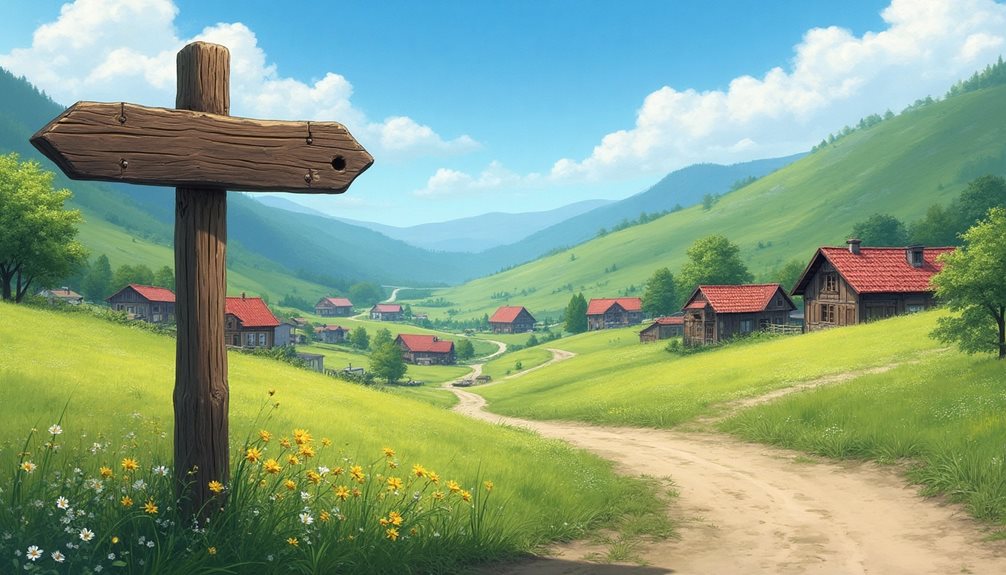Moscow holds a wealth of hidden treasures that often escape the notice of casual visitors. Its libraries, brimming with vast collections, beckon the curious. Urban parks offer a surprising escape into nature, where wildlife thrives amid the bustling city. The stunning Moscow Metro showcases unique architectural feats. Scenic cruises along the Moskva River reveal picturesque vistas. Each of these elements contributes to the city’s rich fabric, inviting exploration beyond the surface. What else lies in wait?
 Moscow’s Libraries: Gateways to Russian Culture and History
Moscow’s Libraries: Gateways to Russian Culture and History

While Moscow is globally recognized for its grand cathedrals, Red Square, and storied boulevards, its libraries are among the city’s most profound cultural treasures. Often overlooked by tourists, these institutions are living chronicles of Russian history, intellect, and artistic achievement.
The Russian State Library: A Colossus of Knowledge
At the heart of Moscow’s literary landscape is the Russian State Library, known locally as “Leninka.” Established in 1862, it stands as the largest library in Russia and one of the largest in the world. Its collection exceeds 48 million items, including:
- Rare manuscripts dating back centuries
- First editions of Russian literary classics
- Maps, sheet music, and periodicals from across the globe
The library is not just a book repository; it’s a national symbol of knowledge. Its imposing 20th-century main building is an architectural landmark, and the reading rooms—open to anyone with a library card—offer a unique atmosphere for study and reflection.
More Than Just Leninka: Moscow’s Diverse Library Scene
Moscow is home to over 500 public libraries, each with its own character and specialty. Examples include:
- The Library for Foreign Literature: A favorite among expats and language learners, this library boasts an impressive selection of books in dozens of languages. It regularly hosts international cultural events and lectures.
- Pushkin State Library for Youth: Catering to young adults and students, it offers modern facilities, creative workshops, film screenings, and literary clubs.
- Tolstoy Library: Founded in the early 20th century, this historic library is housed in a beautiful Art Nouveau building and features collections focusing on Russian classics.
A Blend of Tradition and Modernity
Moscow’s libraries have moved with the times. Many have digitized their catalogues, providing free online access to rare archives and e-books—an invaluable resource for researchers and casual readers alike. Some highlights:
- Digital Archives: The Russian State Library’s digital portal allows users to view rare books, maps, and manuscripts from anywhere in the world.
- Modern Facilities: Many libraries now feature coworking spaces, multimedia studios, and free Wi-Fi.
Community and Culture
Libraries in Moscow serve as more than quiet study halls—they are vibrant centers for community life. Regular events include:
- Author readings and literary festivals
- Workshops on Russian calligraphy and illustration
- Lectures on history, philosophy, and art
- Language exchange meetings
During “Library Night” (Библионочь), an annual citywide event, libraries stay open late with special programs, concerts, and exhibitions—a favorite among locals and tourists.
Why Visit?
For foreigners eager to understand Russia beyond its tourist icons, Moscow’s libraries offer an authentic window into the national soul. Visitors can:
- Browse centuries-old works that shaped Russian literature
- Participate in cultural events alongside Muscovites
- Discover how Russians value education, discussion, and creativity
Practical Tips for Visitors
- Getting a Library Card: Most major libraries welcome foreigners; you usually only need your passport to register.
- Language: While many materials are in Russian, foreign language collections are extensive—especially at the Library for Foreign Literature.
- Tours: Guided tours are available at key libraries; booking ahead is recommended.
Whether you’re a book lover, history enthusiast, or curious traveler, Moscow’s libraries invite you to explore the city’s intellectual heart—a place where past and present intertwine through the written word.
Exploring Wildlife in the Urban Jungle
Reconciling the fast pace of city life with the presence of thriving wildlife can seem unlikely, but Moscow offers a striking example of this coexistence. Despite its sprawling urban environment, the city is home to a surprising array of wild animals. In places like Moose Island National Park (Losiny Ostrov), expansive forests and wetlands serve as vital refuges for native species, even as skyscrapers and highways lie just beyond the trees.
Moose Island, often called the “lungs of Moscow,” covers more than 116 square kilometers, making it one of Europe’s largest urban parks. It provides habitat for not only its namesake moose, but also wild boars, foxes, hares, and a variety of bird species—over 200 have been recorded. The park’s dense woodlands and meandering streams offer shelter and food for these animals year-round.
Visitors can access the park through well-marked nature trails that wind through peaceful groves and marshlands. These paths allow Muscovites and tourists alike to observe wildlife in their natural environment—sometimes spotting moose grazing at dawn or hearing the distant calls of woodpeckers. Educational centers within the park offer insights into conservation efforts and highlight the importance of biodiversity within urban settings.
The presence of such rich wildlife so close to Moscow’s bustling core underscores how cities and nature can coexist. It demonstrates the resilience of ecosystems and the positive impact of protected green spaces on both human wellbeing and animal populations. Moose Island serves as a living reminder that even in the heart of a metropolis, nature persists, offering moments of tranquility and connection for those willing to look beyond the city’s concrete facade.
![]()
The Historical Significance of the Kremlin
The Kremlin, perched on Borovitsky Hill beside the Moscow River, is not just the political heart of Russia—it’s the living centerpiece of the nation’s tumultuous history and rich cultural legacy. While millions flock to Red Square or St. Basil’s Cathedral, the Kremlin itself offers layers of stories and secrets that many visitors overlook.
The word “Kremlin” means “fortress inside a city,” and Moscow’s Kremlin is the most famous of them all. Its walls—some stretching back to the 15th century—enclose a city within a city, with 20 towers, four cathedrals, and the Grand Kremlin Palace. Each structure inside reflects changes in Russian society, from medieval Orthodoxy to Soviet power.
The architecture is strikingly diverse. Ivan the Great Bell Tower once marked the tallest structure in Russia and still offers sweeping views over Moscow. The Assumption Cathedral, built by Italian architects, was the site of coronations for tsars and emperors. Golden onion domes peek above red brick ramparts, while modern presidential offices are tucked discreetly nearby.
After the 1917 Bolshevik Revolution, Red Square and the Kremlin wall became the resting place for revolutionaries and Soviet leaders. The Kremlin Wall Necropolis is lined with graves and memorial plaques, including those of Stalin (moved here after being removed from Lenin’s Mausoleum), Gagarin, and other Soviet luminaries.
Lenin’s Mausoleum itself is both a memorial and a historical curiosity. The preserved body of Vladimir Lenin has lain here since 1924, drawing millions of visitors—and plenty of debate—over the decades. For those interested in Soviet history, this is a rare chance to witness one of the era’s most iconic symbols up close.
The Kremlin as a Museum
Beyond its political role, the Kremlin functions as a vast museum complex. The Armoury Chamber is a treasure trove, housing everything from Fabergé eggs to ceremonial carriages and royal crowns. The Diamond Fund sparkles with some of the world’s largest diamonds and rare gems.
Off-the-Beaten-Path Experiences
Most tourists stick to Red Square and the main cathedrals, but there are hidden gems for those willing to explore. The Secret Passageway (Oruzheynaya Palata) once allowed tsars to escape during sieges. The Tsar Cannon and Tsar Bell—both massive yet never used—offer quirky photo opportunities and stories of imperial ambition.
Tips for Foreign Visitors
- Guided tours: Consider joining an English-language tour for access to lesser-known stories and private areas.
- Timing: Visit early or late in the day to avoid crowds, especially around Lenin’s Mausoleum.
- Dress code: Modest attire is expected inside cathedrals.
- Tickets: Many areas require separate tickets—plan ahead, especially for the Armoury Chamber.
Exploring the Kremlin gives visitors insight not only into Russian statehood but also into its spiritual and artistic traditions. It stands as proof of survival through wars, revolutions, and reinvention—a microcosm of Russia itself.
For travelers seeking more than postcard views, wandering through the Kremlin’s halls and courtyards is a chance to connect with centuries of drama, artistry, and ambition that continue to shape Russia today.
The Moscow Metro: A Marvel of Urban Design and Accessibility
The Moscow Metro is much more than a way to get from point A to point B—it’s a unique blend of practical engineering, artistic grandeur, and user-focused innovation. For travelers exploring Russia beyond the typical tourist spots, the Metro itself is an essential experience that reveals the city’s spirit and history.
Each station on the Moscow Metro is a work of art. Many were built as “palaces for the people” during the Soviet era, featuring marble columns, ornate chandeliers, grand arches, and intricate mosaics. Some, like Komsomolskaya or Mayakovskaya, look more like ballrooms or museums than subway stops. Exploring lesser-visited stations reveals a wide variety of styles—from Socialist Realism to contemporary art—making every journey an opportunity to discover something new.
![]()
Audio Navigation: A Model of Accessibility
One of the most distinctive aspects of the Moscow Metro is its thoughtful audio navigation system. Unlike many subways around the world that rely on a single voice for announcements, the Moscow Metro uses both male and female voices to indicate direction—male for trains heading toward the city center, and female for those moving outwards. This clever approach makes it easier for everyone, including those who are visually impaired or new to the city, to instantly recognize which way they’re traveling. Clear, consistent announcements at each station and at transfer points provide extra confidence, helping even non-Russian speakers or first-time visitors feel at ease as they make their way through the network.
![]()
Accessibility Throughout the System
Over the years, the Moscow Metro has worked to become more accessible for all passengers. Many stations, especially newer or busier ones, are equipped with elevators or lifts, making it easier for wheelchair users, travelers with luggage, or parents with strollers to get around. Step-free entrances are becoming more common, particularly in central locations, and wide ticket gates allow for smoother passage for everyone. Signage is clear and available in both Russian and English, while tactile paving provides additional guidance for those with visual impairments. Metro staff are also trained to offer assistance when needed, ensuring that every traveler can navigate with confidence.
![]()
Easy, Fast, and Affordable
The Moscow Metro is famous not just for its beauty, but for its efficiency. With a vast network of over 250 stations across dozens of lines and regular service that sees trains arrive every couple of minutes during peak times, getting around is incredibly convenient. Fares are low compared to most other major cities, so you can explore widely without worrying about cost.
![]()
A Cultural Experience Underground
Traveling on the Moscow Metro isn’t only about reaching your destination. Many stations feel like underground museums, filled with mosaics, sculptures, and impressive architecture. Some stations offer small exhibitions or art installations, while others host live music and special performances. Seasonal decorations transform familiar spaces throughout the year, adding a sense of celebration and surprise to your journey. Each ride offers a glimpse into Russian culture and history—making your time underground just as memorable as the sights above.
Scenic Water Routes From the Heart of Moscow
Moscow’s rivers and canals reveal a side of the city that many visitors miss. While cruises past the Kremlin and St. Basil’s Cathedral are well known, there’s a wealth of lesser-explored waterways and experiences that offer a deeper, more authentic connection to Moscow’s cultural fabric.
The Classic Landmarks—A Brief Overview
A short cruise along the Moskva River remains a favorite introduction to the city, with iconic views of:
- The Kremlin
- St. Basil’s Cathedral
- Gorky Park
- The Cathedral of Christ the Saviour
These sights are impressive, especially from the water, but the real charm of Moscow’s waterways often lies away from the crowds.
Off the Beaten Path: Moscow’s Hidden Waterway Experiences
The Vodootvodny Canal
Built in the late 18th century as part of Moscow’s flood control system, the Vodootvodny Canal cuts through the historic Zamoskvorechye district. A boat trip here takes you past:
- Red October Chocolate Factory: The red-brick complex is now a creative cluster, filled with art galleries and cafes.
- Quiet Courtyards: The canal is lined with old merchant houses and tranquil parks, far from the city rush.
- Street Art: Look for contemporary murals decorating former industrial spaces along the banks.
Northern River Port and Khimki Reservoir
Venture north to Moscow’s impressive Northern River Port, a grand Stalin-era building shaped like a ship’s prow. This gateway to the city’s “port of five seas” heritage is also a departure point for relaxed local cruises on the Khimki Reservoir. Here you’ll find:
- Sandy Beaches: Popular with locals during summer, these beaches offer swimming and sunbathing—a surprise in Russia’s capital.
- Soviet-Era Sanatoriums: Many still operate, offering a glimpse into classic Russian leisure traditions.
- Water Sports: Kayaking, paddle boating, and windsurfing are available for those looking for active pursuits.
The Yauza River
Once central to medieval Moscow, the Yauza is often overlooked today. Smaller boats and kayaks can navigate its winding curves through peaceful neighborhoods like Lefortovo and Sokolniki.
- Historic Bridges: Some date to the 18th century or earlier.
- Wildlife Watching: Ducks, herons, and even beavers can be spotted along quieter stretches.
- Secluded Parks: Riverside paths pass through green zones rarely visited by tourists.
Canal Cruises at Night
Evening cruises on less-trafficked routes reveal Moscow bathed in soft lights. Smaller vessels can access narrower canals for a more intimate experience. These trips often serve as floating lounges, with soft music and city lights reflected in the water.
Local Tips for Exploring Moscow’s Waterways
- Small Boat Rentals: In summer, rowboats and pedal boats are available in parks like Gorky Park and Serebryany Bor.
- Kayaking Clubs: Several local clubs offer guided trips for beginners—an excellent way to meet Muscovites and see hidden corners.
- Seasonal Festivals: Each June, the city celebrates River Day with parades of decorated boats along both major rivers and lesser canals.
Why Choose the Road Less Traveled?
Exploring Moscow by its quieter waterways is about more than sightseeing. You’ll discover neighborhoods with stories untold in guidebooks, witness daily life unfold away from tourist crowds, and enjoy peaceful green spaces that feel far from the metropolis.
Whether you’re drifting past forgotten factories reclaimed by artists, gliding under leafy tree canopies, or simply enjoying the silence broken only by birdsong, Moscow’s lesser-known water routes offer a fresh perspective on this endlessly fascinating city.




